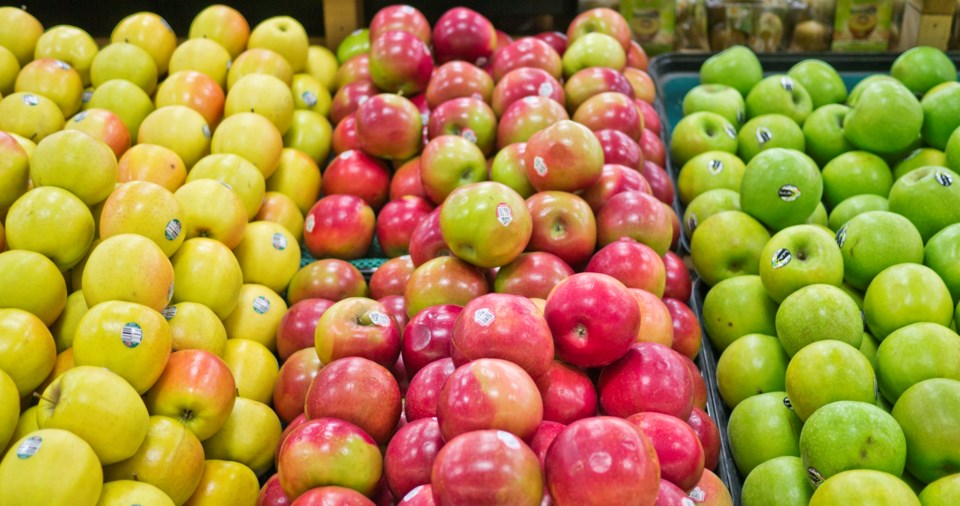Though resort towns like Whistler are known to have higher-than- average costs of living, higher price tags are something all Canadians—including Whistlerites like Riley McSkimming—are continuing to encounter on grocery shelves amid soaring inflation.
McSkimming decided to start tracking her two-person household’s spending back in 2019 to get a clearer picture of her finances. “I just felt like I made OK money, and I didn’t know where my money went,” she explained.
All-in, McSkimming found her household’s combined food costs—including groceries, restaurants, takeout, coffee and alcohol—rose approximately 14 per cent from 2019 to 2020, and 9.6 per cent from 2020 to 2021 (though McSkimming attributes that hike, at least in part, to loosening COVID- 19 restrictions, less time spent at home and more money spent dining out). According to her calculations, they’re projected to rise about 5.2 per cent this year.
McSkimming’s figures aren’t too far off from national data.
According to Statistics Canada, the inflation rate hit seven per cent year-over- year in August, cooling down slightly after reaching 7.6 per cent in July.
Grocery prices, however, continued to climb in August. They rose 10.8 per cent in a one-year period, the fastest pace for rising food costs Canada has seen since 1981.
The upward trend doesn’t look like it’s going to stop anytime soon, either. Canada’s Food Price Report 2022—compiled annually by researchers from Dalhousie University, the University of Guelph, the University of Saskatchewan and the University of British Columbia—forecasts an overall food price increase of five- to seven-per-cent for the coming year.
The report predicts that an average family of four will pay up to $14,767.36 for food in the coming year, an increase of up to $966.08 from the total annual cost in 2021. Food price increases in British Columbia will likely rise above the national average, researchers added.
Those rising prices continue to be impacted by multiple factors, Statistics Canada explained, including extreme weather, higher input costs, Russia’s invasion of Ukraine, and supply chain disruptions.
The Whistler Food Bank is one organization that is seeing the impacts of rising food costs more than most, but not only for the reasons you might think. About 95 per cent of the food provided by the food bank is purchased, not donated non-perishables. Thanks to partnerships with local grocery stores, the food bank is also able to purchase its inventory directly from suppliers and supplement its stock with food recovery pickups from grocers.
The biggest challenge “is not specifically the cost of the items per se, but the increase in food insecurity in the community due to financial constraints has increased the number of people visiting the food bank,” said Gizem Kaya, food security and community development manager for the Whistler Community Services Society (WCSS), which operates the local food bank.
Pre-COVID, the food bank would see about 200 visits a month, on average. “Now, it’s 800 to 1,000,” she said.
Those visitors are also dropping by more regularly, she added. Though the majority of clients still access the food bank one to three times annually, a bigger portion of people need the assistance on an ongoing basis, said Kaya.
“We are seeing a constant increase in need that doesn’t seem to go down,” she said. “We kept thinking maybe things will be better for people, but really the housing situation is not helping.”
Kaya said more than half of food bank visitors are currently spending more than 50 per cent of their income on housing. For most, that means they don’t have enough funds left over to cover food, transportation and other bills.
Despite the rising demand, the food bank has experienced a drop-off in donations over the past few months. “After two years of giving, a bit of a donor fatigue is settling in and people might be going [on] vacations and travelling, so whatever extra money they had, it’s being spent potentially on other things that they haven’t been able to spend money on, which is totally understandable,” Kaya explained. “I think it’s been anticipated in the fundraising world.”




